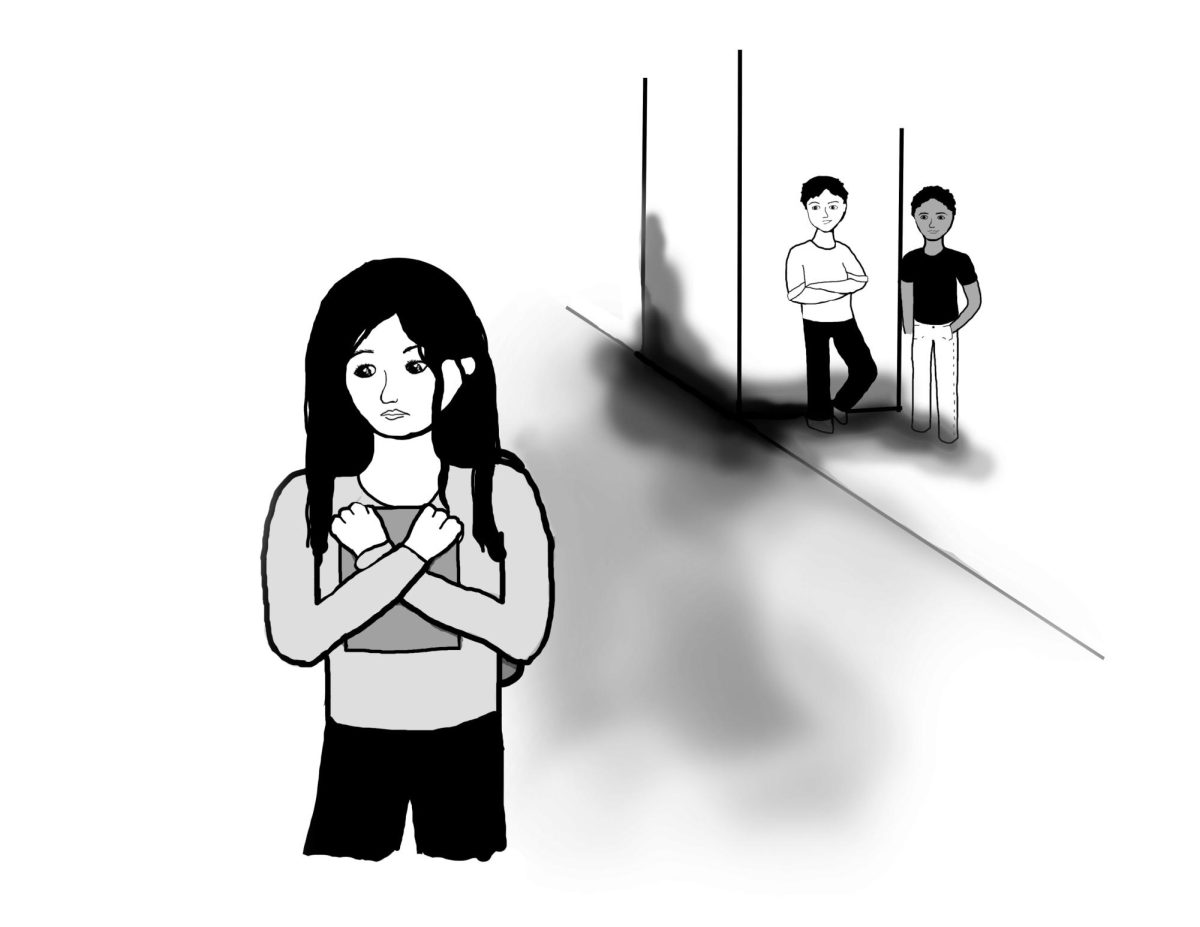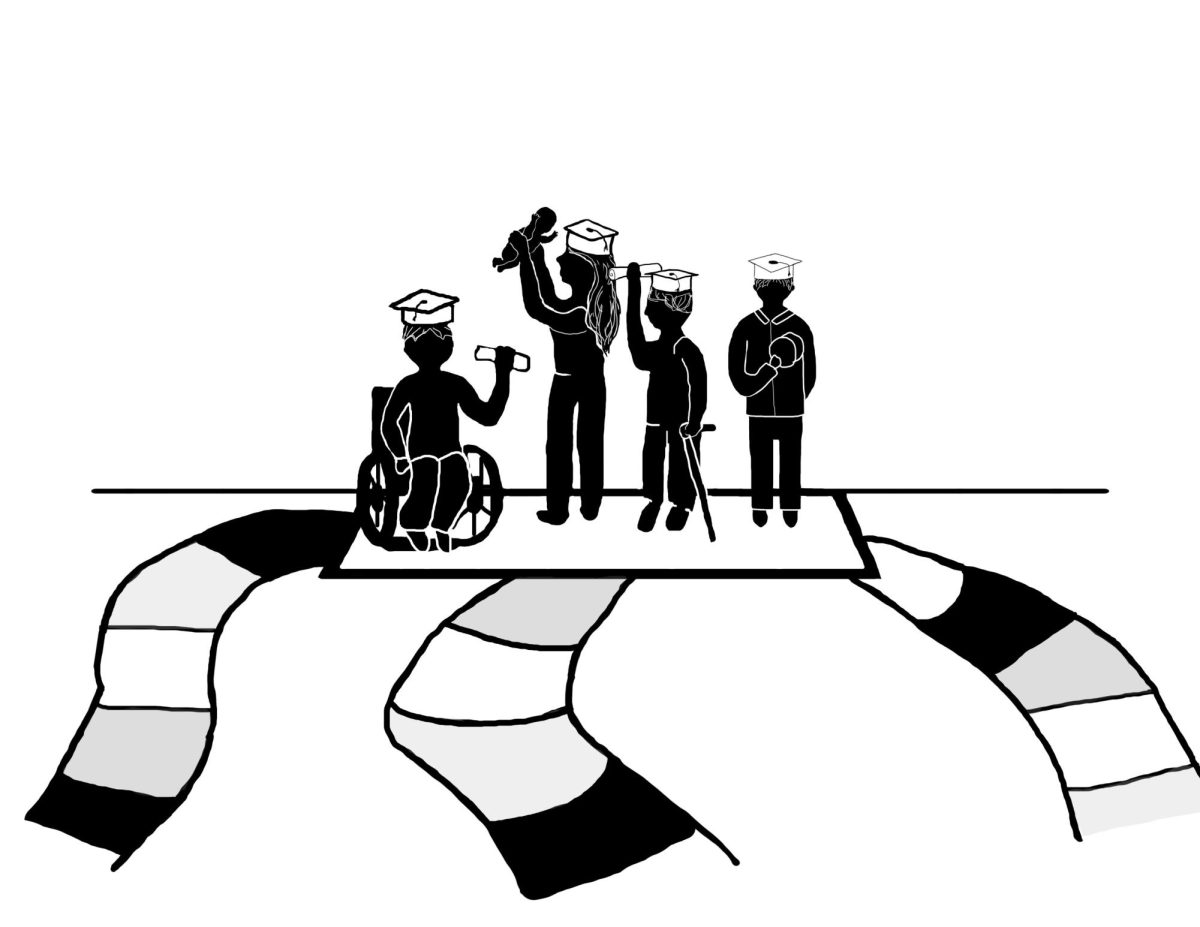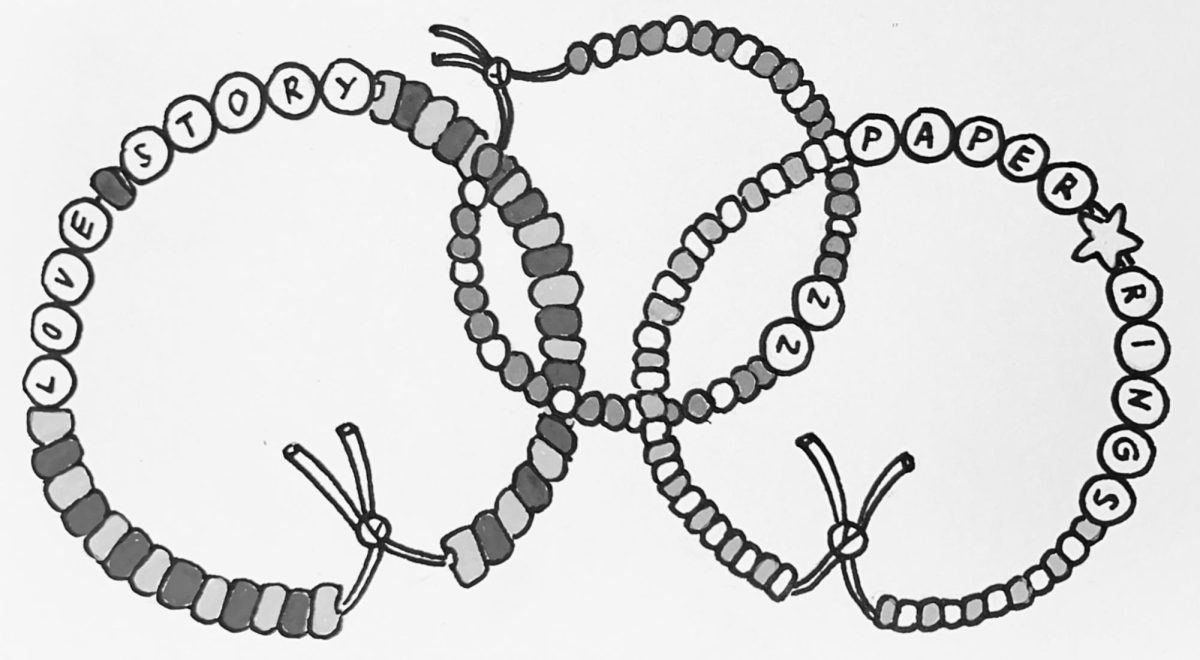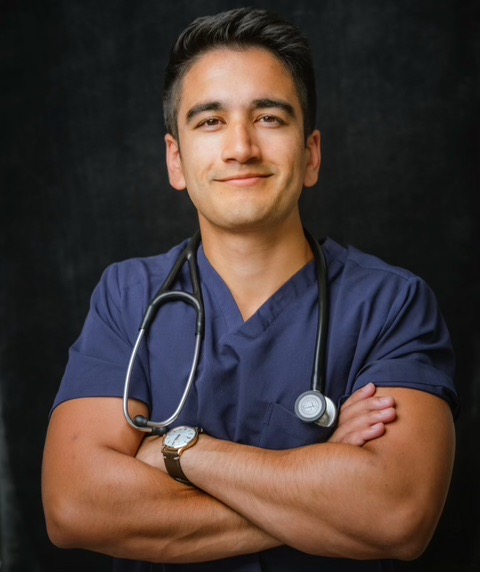
The athletic training room at Whitman is located in the basement of Sherwood Athletic Center and frequented by many athletes. However, just how accessible is injury care at Whitman?
The athletic training room provides injury prevention and rehabilitation. It is closed during the summer, but has high attendance during the school year and sports seasons.
“In the fall, we get upwards of 100 people in here a day,” said Nathan Fry, an assistant athletic trainer.
The athletic training room has extensive facilities, including an icebath and a hotbath.
“I’d like to have a whirlpool with a treadmill in it. But to tell the truth this is the best facility I’ve worked in,” said Fry.
For students who have access to them, these resources are not only popular, but necessary.
“I’m a fan of the athletic training room,” said sophomore Marisa Poorboy. “I love the services they provide and I go there all the time.”
However, currently, the athletic trainers can only provide extensive care to varsity athletes.
“It usually comes down to a funding and liability issue,” said Fry.
Fry does say that he would never refuse care to a non-varsity athlete.
“I’ll talk to someone if they came in here with an injury. I can’t do a lot of tests that I would do on a varsity athlete.”
Skip Molitor, assistant athletic director at Whitman, shed some light on the services Whitman provides for non-varsity athletes. He clarified that the athletic training room is a varsity athletic facility and part of the varsity athletic services.
For club sport athletes he recommends a different course of care.
“The club sport athletes have the same availability as all Whitman students: the health center,” said Molitor.
Welty Health Center is open 24 hours, seven days a week and is the go-to facility for injured non-varsity athletes.
“We do recognize that the IM Sports and the club sports need a little more support. We’re actively trying to fill the role of the athletic training room,” said Claudia Ness, director of the health center.
The health center has been trying to open up and promote their injury services to the student body. It has an ice bath, a hot bath and a physical therapy conditioning room, and is constantly trying to improve the facilities.
“I don’t have certified athletic trainers. We do have licensed nurses. We have a physical therapist and massage therapist who each come in once a week,” said Ness.
The health center responds to various needs of the non-varsity community at Whitman by providing them free basic injury care such as evaluations, tape jobs and ice.
“The bottom line is as we make changes, we are making them in a direction so we can be of more service to the IM and club sports,” said Ness.
Despite the availability of some aid at the health center, many students remain upset by the fact that club and IM athletes cannot receive immediate care at the athletic training room.
“I just wish Whitman would set it up so other athletes would get better medical care, especially at crucial times like right after an injury,” said one student who wished to remain anonymous.
Sophomore Lizzy Schiller, the captain and founder of club tennis, pointed out that the school’s policy regarding the athletic training room fuels a widening divide between varsity athletes and all other athletes.
“While the athletic training room is a great resource for varsity athletes, in a way it also creates this weird hierarchy between the varsity athletes and ‘the others,'” said Schiller.
Schiller acknowledged that varsity athletes work hard and deserve certain benefits, yet felt that all Whitman students deserve access to the same support.
“We’re all paying almost $50,000 to be at Whitman so why can’t we all enjoy the resources our school offers?” she said.
Junior Anna Forge, who is a club and varsity sports athlete and a student athletic trainer, offered a holistic view of the athletic training room, as she views it from multiple perspectives.
“The ATR staff is undermanned as is, and adding the club teams to the heavy traffic that goes through it would put even more pressure, stress and require longer hours for our already overworked ATCs,” said Forge.
Forge also understands how brutal club sports, such as rugby, can become, and would love to see some sort of compromise regarding the training room.
“Maybe setting aside some hours/certain days in which club sport athletes can come in and get treatment, after completing the necessary paperwork,” said Forge.
Schiller agreed with this proposal.
“Maybe the athletic training room could have at least a small amount of open hours specifically for all other athletes while still maintaining large amounts of time solely for varsity athletes,” she said.










